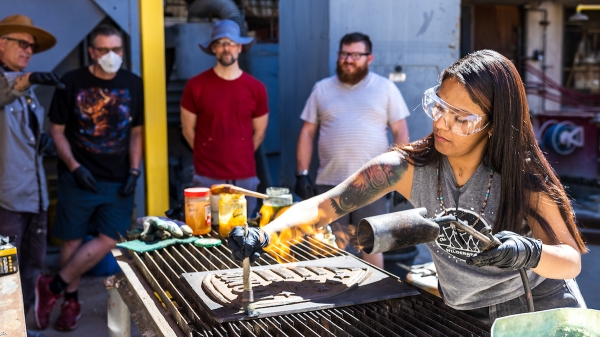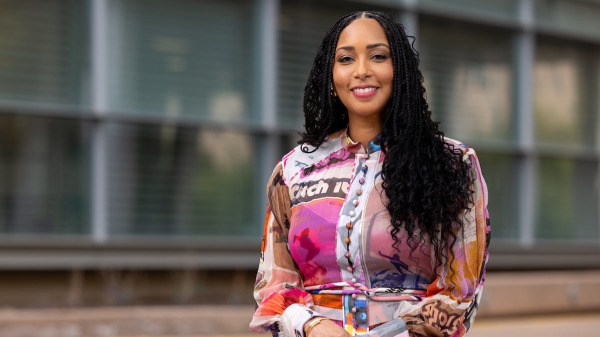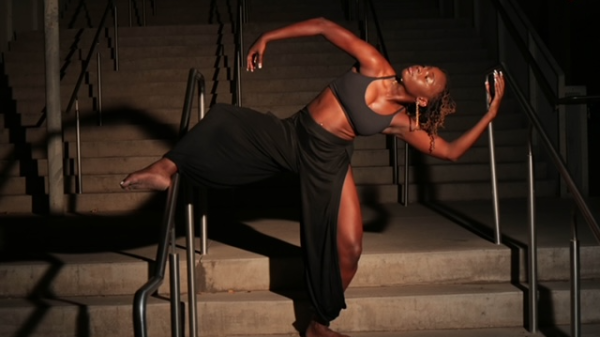ASU professor contributes to groundbreaking research on children’s gender development

Arizona State University Professor Carol Lynn Martin contributed to a groundbreaking new study on transgenderTransgender refers to children who have socially transitioned and are using the binary pronouns (he or she) that differ from the binary pronouns used to describe them at birth. and cisgenderCisgender refers to children who live and present as the gender that is typically associated with their assigned sex. children’s development, published in Proceedings of the National Academy of Sciences.
New findings from the largest study of socially transitioned transgender children in the world show that gender identity and gender-typed preferences manifest similarly in both cisgender and transgender children, even those who recently transitioned.
The research was conducted by a large team of scientists at the University of Washington, led by UW psychology Professor Kristina Olson, Western Washington University and ASU's Martin, from the T. Denny Sanford School of Social and Family Dynamics.
The study followed more than 300 transgender children from across the United States, as well as nearly 200 of their cisgender siblings and about 300 unrelated cisgender children as a control group (all participants enrolled between the ages of 3 and 12).
Martin was excited to be invited to work with the UW team on this important research. Her contributions included helping to interpret the findings in the context of prior studies and theories of gender development. Her recently developed measure of gender identity was used in the study as one of the many ways to understand gender development.
“This research shows that transgender children show similar gender development as cisgender children. Once children have a sense of their gender identity, they self-socialize, that is, they actively search for cues about what society’s expectations are for that identity, and this happens similarly for cis- and transgender children,” said Martin.
The finding that transgender children’s gender identity was generally equivalent to that of cisgender children was based on analysis of many measures of gender development, including preferences in clothing, toys, peers and on several identity measures. Also, both cisgender and transgender children show similar variability in gender development, with some children showing stronger gender-typical preferences and others showing less strong gender-typical preferences.
Portions of this article adapted from a University of Washington news release. Media contact: Kim Eckart, public information officer, 206-543-2580, keckart@uw.edu.
More Arts, humanities and education

'Devils in the Metal': ASU vet leads iron cast workshop for former service members
Bruce Ward believes everyone has a symbol of strength or resilience, and they have an obligation to find it. His happens to…

ASU English professor wins Guggenheim Fellowship for poetry
The awards — and opportunities — keep piling up for Safiya Sinclair, an associate professor in Arizona State University’s…

Graduate student creates community, connects with dancers of all ages
Editor’s note: This story is part of a series of profiles of notable spring 2024 graduates. For the last year, Arizona State…